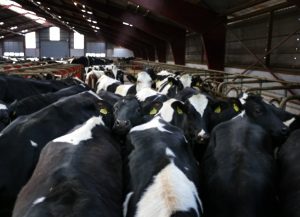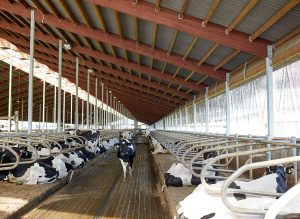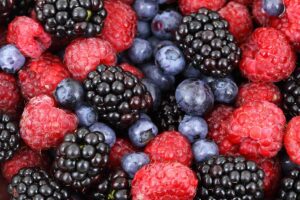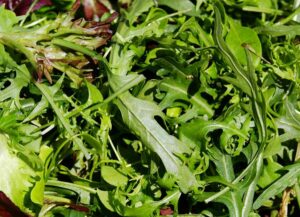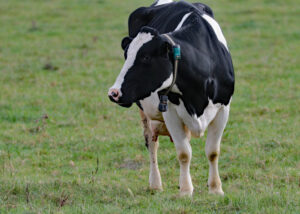Andrés Haro & Fernando Díaz
Dairy farmers use different types of bedding materials such as straw, wood chips, sand or compost. Ample bedding can optimize laying time, reduce hock lesions and lameness, and increase cow longevity. Hard and wet stall surfaces have negative effects on the welfare and behavior of dairy cows.
A recent study conducted by Schütz et al. (2019) at the Ruakura research farm, AgResearch Ltd. Hamilton, New Zealand evaluated the behavior and hygiene of dairy cows bedded with three types of wood chips (40 cm deep). The researchers used 18 non-lactating dairy cows distributed in three groups:
- Clean surface: clean and dry wood shavings
- Dirty surface: wood chips contaminated with manure (60% manure and 40% wood chips)
- Wet surface: wood chips wet with water until the water table was 1 to 2 cm below the tread
Cows were kept indoors in individual pens of 6.6 m2 with a bedding area of 2.1 m3 for 18 hours without feed and 6 hours on pasture to allow for daily feed intake. In the first phase cows were exposed to each bedding surface for 5 days. In the final phase, cows had access to free choice between 2 bedding surfaces for 2 days. In order to minimize any carry-over effects, cows had 9 days of recovery on pasture (24 hours) between each surface exposure.
According to the measurements of the bedding, behavior and hygiene surfaces of the animal, the researchers observed the following:
- Bed temperatures, taken by infrared thermography, were similar between clean, dirty, and wet surfaces (13 °C, 14 °C, and 12 °C, respectively).
- Dry matter (DM) content of the bedding materials measured before cleaning the bed was 45 %, 40 %, and 23 % for the clean, dirty and wet surfaces, respectively. In addition, DM content of manure applied in the dirty surface was 24 % DM.
- The researchers observed cows had a greater preference for clean than for wet and dirty surfaces. Cows remained laying down longer on clean surfaces (11.7 h) compared to those on dirty (10.5 h) and wet surfaces (4.6 h) during.
- As expected, cows exposed to the clean surface had better hygiene than those exposed to dirty and wet surfaces.
This study showed that bedding with clean and dry materials improves laying periods and cow hygiene. When cows were then given a free choice between 2 surfaces, cows ranked the surfaces as clean > dirty > wet.
Reference
Schütz, K. E., Cave, V. M., Cox, N. R., Huddart, F. J., & Tucker, C. B. 2019. Effects of 3 surface types on dairy cattle behavior, preference, and hygiene. Journal of dairy science, 102(2), 1530-1541.
© 2019 Dairy Knowledge Center, LLC. All Rights Reserved.




